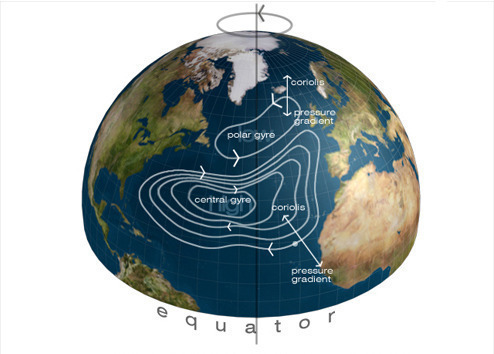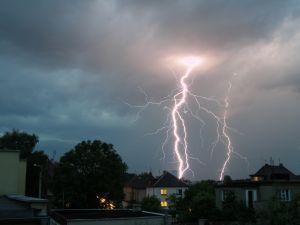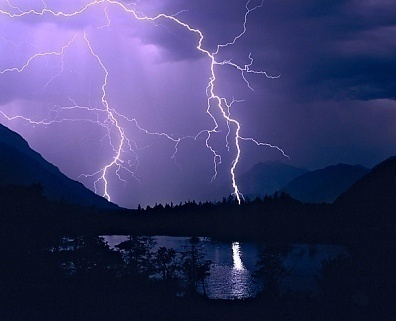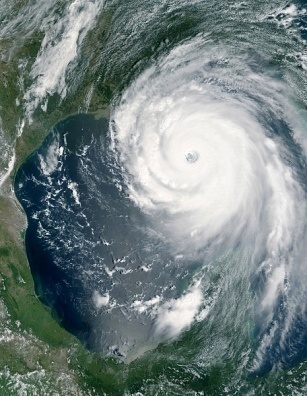The Coriolis effect is the tendency for a moving body that is on or above the Earth’s surface to drift sideways from its intended course due to the Earth’s rotation. The direction of drift is to the right in the Northern Hemisphere and to the left in the Southern Hemisphere. This is because the Earth’s surface rotates to the east at a faster speed near the equator than near the poles.
Who Discovered the Coriolis Effect?
French scientist, Gustave-Gaspard Coriolis, is given credit for first discovering the Coriolis effect by describing the effect mathematically in a paper in 1835. He first presented the idea in conjunction with the water wheel theory. Pierre-Simon Laplace also described the effect in his work on tidal equations in 1778. The term “Coriolis effect” was first used in meteorological jargon in the 20th century.
How does the Coriolis Effect Impact Wind?
As air flows from high to low pressure areas in the Earth’s atmosphere with the Earth rotating beneath it, the wind begins to follow a curved path. Due to the Coriolis effect, the wind turns to the right of its direction of motion in the Northern Hemisphere and to the left in the South. There is no Coriolis effect on the wind at the equator. This is only one of many effects on wind systems and stronger systems or meteorological effects such as tornadoes, hurricanes, and cyclones can over power it.
Coriolis Force and Hurricanes
Since there is no measurable Coriolis force at the Earth’s equator, tropical cyclones such as typhoons or hurricanes rarely form there or about 180 miles north and south of the region. These systems can still form, however, as there are occasional cyclones in these regions.




Follow Us!